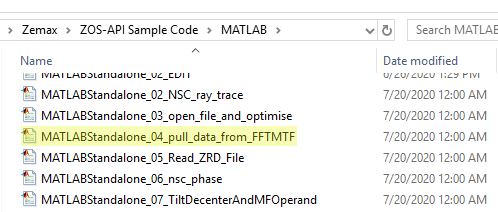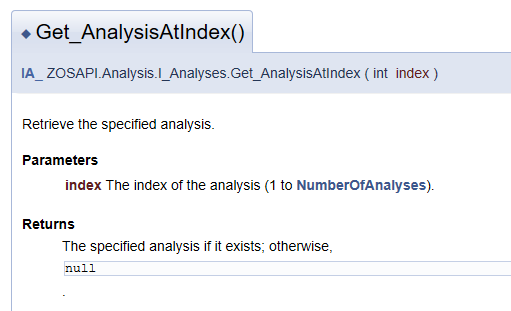Hello,
I am learning to use the ZOS-API from Zemax.
Is it possible to save analysis windows like BMP figures with the ZOS-API?
I've seen that there are “SaveAs” for the entire file and “SaveTo” for the configuration files.
During my simulations, I create several spot diagrams and foot print diagrams that I save by hand. I would like to automate this process.





